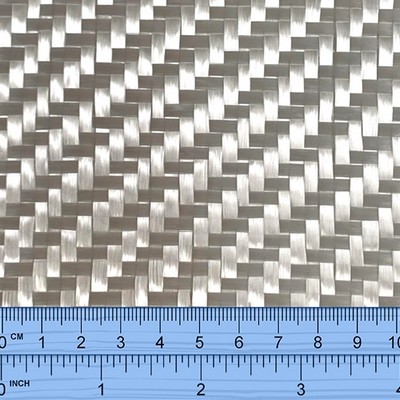Woven Roving
Glass Woven fabrics are the most popular reinforcement for composite laminates. The range of Woven Roving fabrics available is between weights from 300g to 800g.
Woven Roving is best used for increasing laminate stiffness and impact resistance, without adding thickness, weight, or adding other non-reinforcing materials. This fabric delivers a cost-effective solution to your competitive reinforcement projects, particularly large parts such as boat hulls and underground storage vessels and other high demand applications
Some key features of Woven Roving include:
Weight: Woven roving is available in various weights, usually 300g, 600g and 800g. The choice of weight depends on the requirements of the application of the finished laminate, with heavier weights providing more strength but less flexibility.
Applications: Woven roving is commonly used in the construction of large and structurally demanding composite parts, such as boat hulls, automotive components, wind turbine blades, and other industrial applications where high strength and stiffness are important in the design.
Laminating Process: During the composite manufacturing process, the woven roving is then impregnated with a resin, forming a wet lay-up. The resin is then cured, creating a solid and durable composite material. For best results Woven Roving is ideally sandwiched between layers of Fibreglass ie. CSM (Chopped Strand Matt) - Woven Roving – CSM.
Fibre Distribution: The fibres in woven roving are typically oriented in two directions, referred to as the warp and weft. This bi-directional 0 – 90 degrees arrangement enhances the overall strength and stiffness of the composite.
Compatibility: Woven roving is compatible with most resin systems, including polyester, epoxy, and vinylester resins. The choice of resin depends on the intended properties of the final composite part.




